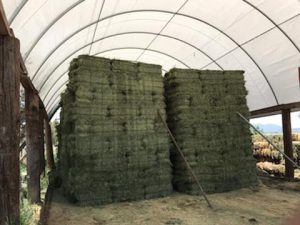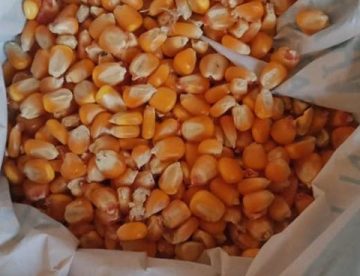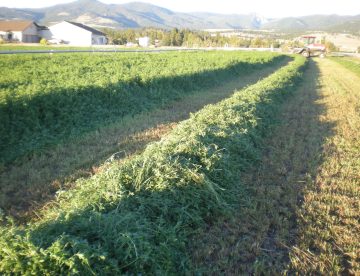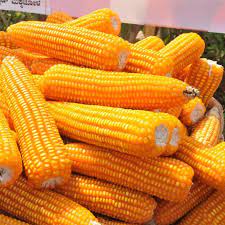Introduction:
Ensuring optimal nutrition for beef cows is a crucial aspect of ranch management, and one cost-effective solution involves supplementing standing forage with alfalfa hay, the primary agricultural crop in Nevada. This versatile feed resource, often overlooked, can be a game-changer for ranchers looking to enhance their cattle’s protein, energy, and mineral intake. In this comprehensive guide, we will explore the benefits, potential drawbacks, and limitations of incorporating alfalfa into beef cow diets, emphasizing its economic advantages over processed supplements.

Alfalfa, a legume renowned as the top cash crop in south Africa and Nevada, stands out as a nitrogen-fixing plant capable of producing over 1,800 pounds of protein per acre annually. Alongside clovers, vetches, peas, and other legumes, alfalfa plays a pivotal role in the beef industry nationwide.
Alfalfa as a Protein Source:
Beef producers often seek “high-quality forage,” characterized by high protein and low fiber content. Alfalfa, especially when harvested in the late bud to early bloom stage, boasts a remarkable 16 to 20 percent crude protein. Even late-cut alfalfa maintains a respectable 12 to 15 percent crude protein content. In comparison, grass hay averages a meager 8.4 percent crude protein and 31.4 percent fiber.
The alfalfa advantage extends to ruminal particulate passage rates, directly linked to fiber content. Alfalfa’s faster passage rate of approximately 36 hours contrasts sharply with the up to 70 hours required for lower-quality forages. Not only does alfalfa promote higher feed consumption due to its low fiber and high protein content, but more than 70 percent of its protein is also digestible.
To further illustrate the economic benefits, Table 1 provides an overview of the average quality and price of various feeds available to Northern Nevada producers. The cost per pound of actual protein reveals that mid-bloom alfalfa, priced at $90 per ton, emerges as the most economical feed, costing a mere $0.24 per pound of actual protein—significantly cheaper than many competing supplements.
Alfalfa as an Energy Source:
While recognized for its protein content, alfalfa is often underestimated as an energy source. A ton of alfalfa hay contains as much total digestible nutrient (TDN) as 25 bushels of corn and as much protein as two-thirds of a ton of soybean meal. This dual benefit positions alfalfa as an ideal choice to address potential energy deficiencies, particularly during the last trimester of pregnancy and the postpartum period.
Compared to some grass hays, which may match alfalfa in digestible dry matter, alfalfa’s quicker ruminal passage rate (36 hours versus 70 hours for grass hay) translates to faster gains, increased milk production, and better overall condition in beef cows. These advantages are closely tied to increased intake, emphasizing the importance of unrestricted access to alfalfa for optimal results.
Alfalfa as a Source of Minerals:
Beyond protein and energy, alfalfa serves as a valuable source of minerals essential for the overall health and well-being of beef cows. While specific mineral content can vary, alfalfa generally contains a range of vital minerals crucial for reproductive performance, bone health, and metabolic functions in cattle.
Conclusion:
In conclusion, alfalfa hay emerges as a multifaceted and cost-effective solution for beef producers seeking to optimize their herd’s nutrition. From high-quality protein to valuable energy content and essential minerals, alfalfa’s benefits extend across critical phases of a cow’s life cycle. By leveraging the economic advantages and nutritional richness of alfalfa, ranchers can foster healthier, more productive herds. This guide provides a roadmap for integrating alfalfa into beef cow diets, offering a sustainable and efficient approach to ranch management.


